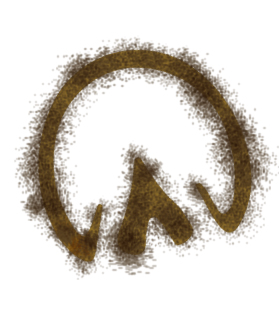Hay Everyone!
The weather heading into this winter has been a little crazy. My two-legged friends never know what to wear. Should they don their heavy winter coats or a light jacket? My decision is a little less complicated. I grow a nice fluffy winter coat as the days begin to shorten. Winter shedding season will be triggered by the increasing length of the days as the spring approaches. Pretty cool, don’t you think? It also means I never have to put any thought into it. While my winter coat does an excellent job of keeping me warm on the cold days it can make me sweaty on some of these warm days we’ve been having. This leads some horse owners to opt into clipping their horses’ coats. This means, of course, that the horse will be less equipped to keep themselves warm on a cold day. So, what do you need to know about keeping your hose warm and cozy this winter?
I think the first thing you need to know is that horses have a different thermoneutral zone than humans. I had to ask for some help in learning what a thermoneutral zone is. It turns out that this is the range of temperatures in which extra energy does not have to be expended in order to maintain core body temperature. If the temperature exceeds the upper edge of the thermoneutral zone (upper critical temperature), the body uses up energy trying to keep cool. The opposite occurs when the temperature falls below the lower edge of the thermoneutral zone (lower critical temperature). Since horses and humans have different thermoneutral zones, horses are comfortable at lower temperatures than most humans. Your horse may not feel cold even though you do.
Also keep in mind that horses have thick winter haircoats that provide plenty of protection against the cold. This thick haircoat also tends to be very fluffy and trap air. This layer of air serves as an extra layer of protection in the cold. This layer of air is lost when a horse’s coat is laid down flat. This can occur if the horse becomes wet from rain or sweat. In these conditions, horses might need a little extra assistance in keeping warm. A shed or some other sort of shelter is likely to be sufficient in most cases and will allow the horse’s natural defenses against the cold to work. These sorts of shelters can provide a place to get away from the wind, which can also cause horses to become cold.
While it might be tempting to bring your horse into the barn during the winter, this can actually be a disservice to your horse. As we just discussed, providing shelter in the horse’s pasture in the form of a windbreak or shed may be all the extra protection needed by many horses. Allowing your horse plenty of turnout will keep it moving around which helps keep joints and muscles in good health. This is especially true for older horses which may have some arthritic joints. Air quality is usually better outside, making turnout a better option for your horse’s respiratory health. If you do bring your horse inside, you’ll want to make sure your barn is well-ventilated, even if that means it stays a little colder than you would prefer.
Some owners opt to clip their horse’s coats. In some instances, this can provide advantages such as making the horse easier to keep clean as well as helping to facilitate cooling out after exercise. When a horse is clipped, much of its natural protection against the cold is removed. This may require some extra work on your part to keep your horse warm this season. One way of accomplishing this is to place blankets or sheets on the horses. If you end up blanketing your horse for any reason, you’ll want to check it at least daily for loose straps or other damage. You should also inspect your horse under the blanket or sheet as it can be easy to overlook changes in weight and scrapes or cuts.
Horses are also pretty good at generating heat for themselves, if fed a diet high in forages such as hay. Horses ferment the fiber in feeds in their cecum. (Actually, it’s the microbes that live in the horse’s cecum that do most of the hard work of fermenting.) This process of fermentation generates lots of heat which helps keep horses warm in the winter. This is why experts recommend offering your horse plenty of hay in the winter. I’m only going to spend a little bit of time talking about nutrition and winter feeding for your horse in this post. (It’s really hard to do this. As you know, talking about feeds and eating is one of my favorite things to do!) Consider this a sneak peek of a later blog post in which we’ll discuss winter feeding practices for your horse in greater detail.
Hopefully, you feel prepared to keep your horse warm and cozy this winter season! I’m off to scout my pasture and decide what the warmest corner is. It will probably be the one that receives the morning sunshine and offers a little protection from the wind. On a cold winter morning, this is where you’ll find me dozing.
Until Next Time.
Your Friend,

Lord Nelson
